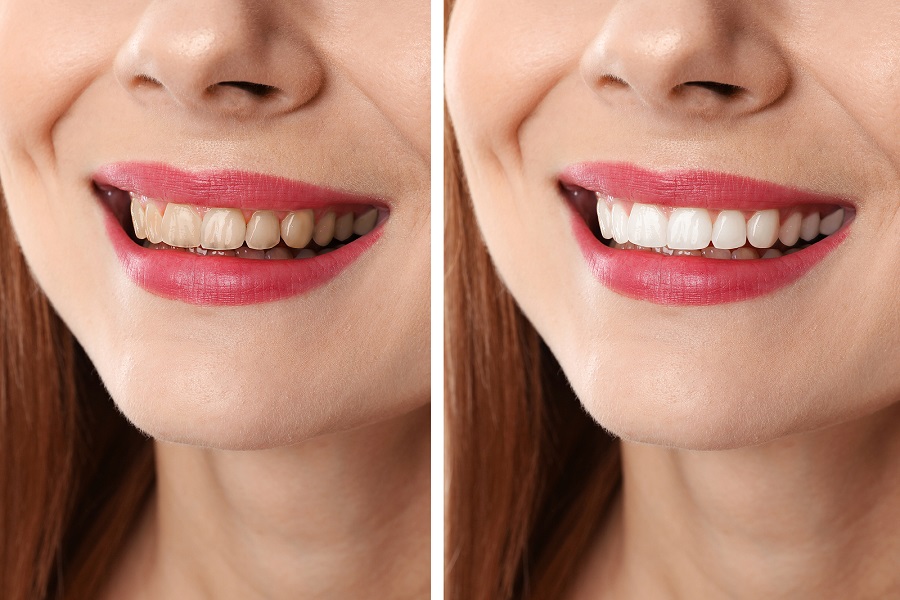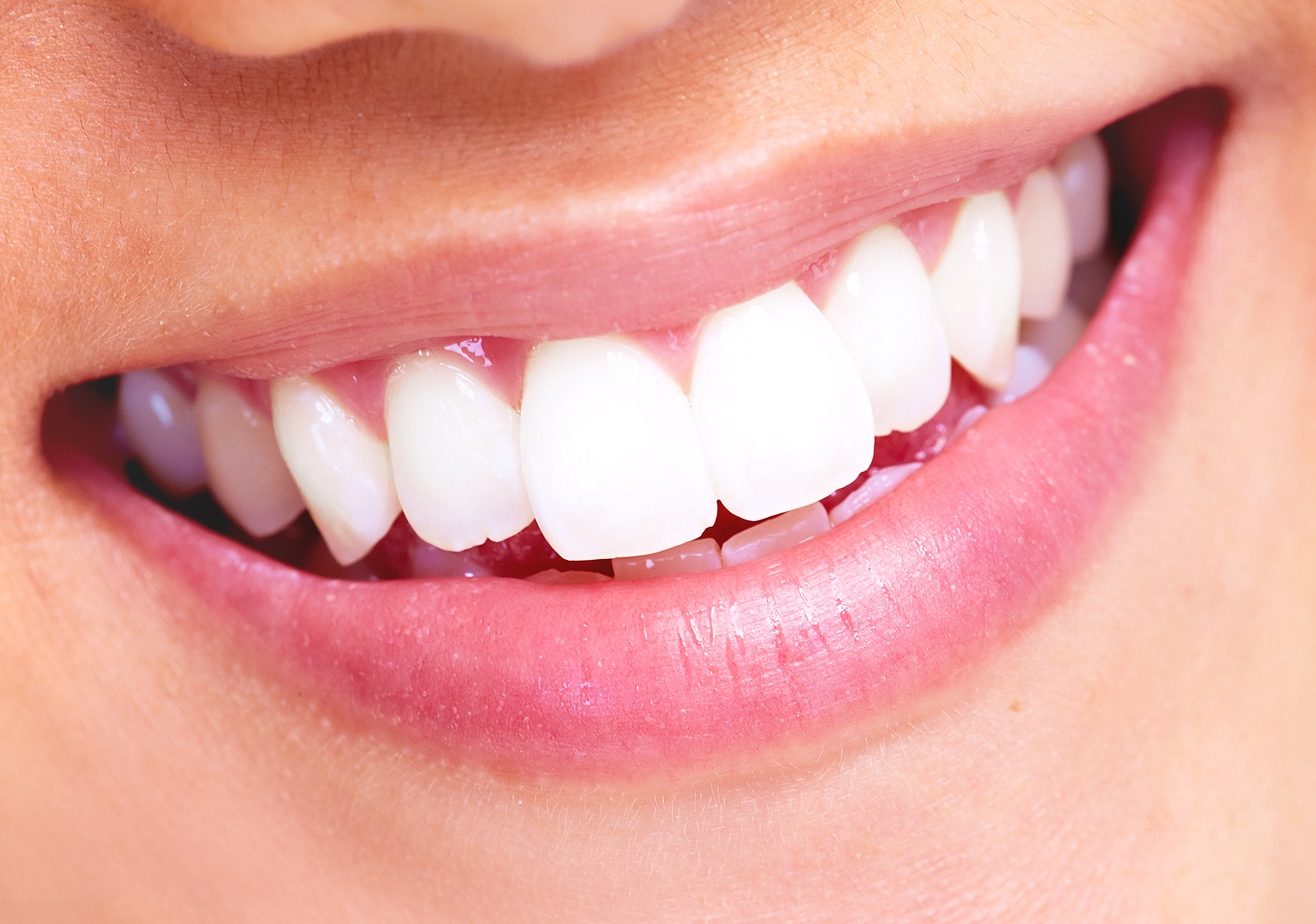CAN CAVITIES GO AWAY?
Dental caries, also known as tooth decay, are the result of the demineralization process. According to the National Institute of Dental and Craniofacial Research, approximately 92 percent of adults ages 20 to 64 have cavities in their permanent teeth. The acids responsible for demineralization are created by several types of bacteria, primarily mutans streptococcoi and lactobacilli, which reside in plaque. Long-term exposure to an acidic environment can cause erosion, which occurs when acids eat away at the outer enamel and dentine layers of tooth. Once the process of demineralization has occurred, can cavities go away?
REVERSING TOOTH DECAY
If caught in the early stages of demineralization, tooth decay can often be reversed. However, decay is only reversible when it effects the outer enamel, the part of the tooth that is visible when you look into your mouth. Enamel helps to protect the teeth from the daily wear and tear of biting and chewing. To increase the odds of your tooth naturally repairing itself, you will need to make some changes in your lifestyle habits. Pay close attention to your nutrition, cutting out acidic food and drinks such as candy and soda. It’s also important to increase your water consumption to make your mouth a less acidic environment. Focus on your brushing routine to ensure that you’re properly cleaning on and around each and every tooth. In addition to brushing at least twice a day for two full minutes each time, you’ll also want to floss and rinse your mouth with an anti-cavity mouthwash. Discontinue your use of tobacco products and eliminate alcohol consumption. Once a cavity has penetrated through the enamel, tooth decay cannot be reversed. Fortunately, modern technology has created numerous options for the removal of dental caries and the restoration of the damaged tooth. Can cavities go away if they only affect the enamel? Yes. But what if the cavity impacts the deeper layers of tooth?
RESTORATION OPTIONS
Tooth decay can cause irreversible damage to the tooth structure, requiring restoration to replace the decay and regain strength. There are several restoration options available depending on the severity of the decay, the health of the tooth, where in the mouth the tooth is located, and the budget of the patient. Dental fillings are the most common treatment option for individuals with cavities. When cavities are small or the amount of decay is minor, a dental filling can be used to remove the decay and fill the tooth with a restorative material. Dental fillings are highly affordable and available in gold, silver amalgam, porcelain, or composite resin.
- Gold:Gold fillings typically feature gold and a combination of other metals poured into a mold designed from an impression of your tooth. Gold is a highly durable filling material and can last a lifetime if well cared for.
- Silver Amalgam: Silver fillings feature a mixture of mercury, silver, and various other metals. They are often used on small to large fillings on the molars, and typically last an average of ten years.
- Porcelain:Porcelain fillings offer a color that mimics the shade of your natural teeth. While durable, a porcelain filling may require multiple visits to the dentist and can be more costly than other options.
- Composite Resin:Composite resin fillings are adequate for small to moderate-sized fillings, and are often used to repair anterior teeth. The resin adheres tightly to the tooth and matches the natural tooth color for a flawless look.
If a dental filling isn’t the ideal choice for a cavity, inlays and onlays may be recommended. Inlays and onlays are types of restorations used to repair posterior teeth with mild to moderate decay. Available in gold, porcelain, or composite resin, inlays and onlays are bonded to the damaged area of tooth once decay has been removed. When a tooth is severely damaged, a dental crown may be used to restore the tooth’s structure and strength. Tooth-shaped crowns are placed on top of damaged teeth to improve their shape, appearance, and alignment, while protecting the weakened tooth underneath from breaking. Crowns can be matched to your natural tooth color. CEREC crowns are another option for individuals seeking fast and efficient tooth restoration after a cavity. Short for Chairside Economical Restoration of Esthetic Ceramics, CEREC involves the use of a high-grade, plaque-resistant ceramic that is matched to the color of your natural teeth. With CEREC technology, a damaged tooth can be restored in as little as one hour, and no follow-up appointments are generally needed. The specialized technology allows more of the natural tooth structure to be preserved, which helps to keep your natural tooth strong. Unlike traditional crowns, impressions of your teeth are not needed. For more information about cavities or dental restoration options, contact your dentist.






















0 comments